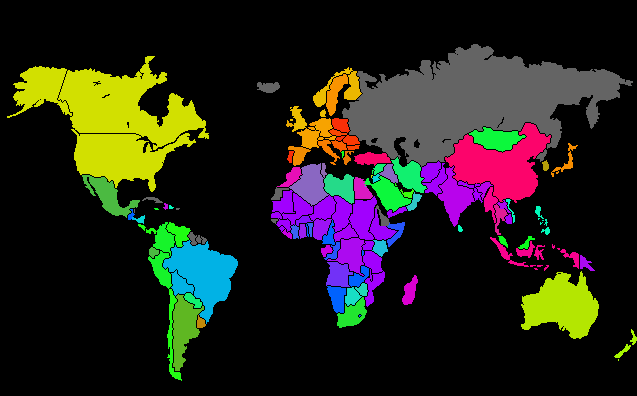Don't worry, I was just discussing for my curiosity, so you don't need to apologize for late answer. I am that curious because I work in the private sector, nevertheless your "big data" is a use case , so this is why I ask.
Of course I have the IT perspective, to me the sensors you are using are real-time (=means they cannot wait if the peer is slow) so the challenge is "capacity". But you say the data flow is the same as ALICE, so I think this is because you filter the data using "triggers". Which makes it interesting.
Basically I'm into SOM Kohonen networks and derivatives: self-learning AI which can divide data in "similar" set of data. Be example, if you put economic/demographic/social data of countries , and you ask to put the similar ones with the same color, you see this:

so basically, your "triggers" , which are able to decide what to keep, are very interesting. Ok , you only have 2 categories (to keep and not to keep) , while a SOM may decide how many categories, but still the problem is the same. To put apples with apples and oranges with oranges, without being able to predict which kind of fruit you're going to receive.
I will keep looking for documentation, thank you for your time, your explanations about particle physics are interesting.